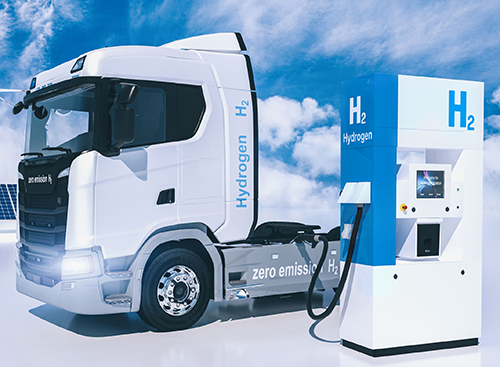
Going the distance
The Australian Government is optimistically focusing its carbon emission plans around new technologies, including ‘green hydrogen,’ to meet ever-growing environmental pressures.
Green hydrogen is a great technology, creating electricity by extracting hydrogen from sources such as water, for power generation, energy storage, and to propel the vehicle fleet.
The problem is we are caught in the convenience trap that has provided vehicle fuels locally and on almost every corner for more than 100 years.
We have grown so used to having fuel retail outlets ubiquitously spread across the country that any suggestion electric or hydrogen fuel stations may not be evenly spread in the same way will no doubt be a concern to motorists.
Electric charging stations are actually less of a problem from a technology point of view, given the electricity network touches almost every property in the country. But hydrogen needs to be injected into vehicles at an extremely high pressure and at very low temperatures. Thus arrives the problem of convenience.
Could we realistically envisage mini hydrogen plants dotted through suburbia? Would the cost of the installation outweigh other advantages?
This is a big consideration for government. Even if we can get the production costs of hydrogen down to a realistic level by 2050, how do we get it into vehicles given we don’t have hydrogen at home?
This is where industry insight and research really come in. Big decisions need to be made, which will impact motorists and those working in the industry – it just makes sense to draw on expert knowledge to ensure Australia stays on the right track.
Words: VACC CEO, Geoff Gwilym. As featured in the Herald Sun 28 May 2021.
Share your thoughts! E: ceo@vacc.com.au